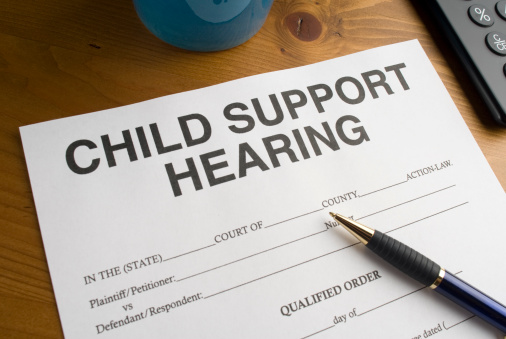 1. Forcing Your Kids to Take Sides
1. Forcing Your Kids to Take Sides
The last thing a parent wants to do during a divorce is to cause more pain for the children. Divorce is a painful time during which many negative emotions can arise, including anger, fear, regret and grief. Often there is a perceived need to blame the other party for one’s unhappiness, together with a desire to hold your children close. However, keep in mind that putting your kids in the middle is harmful to them. Resist the urge to blame and criticize your spouse in your kids’ presence. Don’t force your kids to take sides or to report on the other parent’s activities. No matter how difficult it may seem, the best thing you can do for your kids during a divorce is to remind them that both of their parents love them and will always be there for them.
2. Engaging in an Adversarial Divorce
Divorce is a major life event. It is the legal recognition that your marriage is over. Unless your situation is unusually simple (short marriage with no children and few assets and liabilities), each party should have an attorney to provide advice and to make sure that the required documentation is accurate and complete. For most couples, the divorce process can be completed without setting foot in a courthouse. Using skilled neutrals in the
Collaborative Process or mediation helps to avoid the polarization that often takes place in more adversarial processes. Better post-divorce communication, lower divorce costs and less resentment are other benefits of no-court divorce processes.
3. Having Unrealistic Financial Expectations
Divorce means creating two households in place of one. Most couples are struggling to make ends meet before separation. Creating a plan to support both households can be challenging. Unless income can be increased, down-sizing and belt-tightening are often required. There must also be a plan to pay divorce costs. Understanding these challenges going into divorce can provide both parties with a reality check and allow the divorce process to go more quickly and smoothly.
4. Forgetting to Consider Tax Implications
Many of the financial decisions made in divorce have tax consequences, some more obvious than others. When dividing marital assets, it is important to recognize that some assets may actually be worth less than face value due to future income tax liabilities. Most retirement accounts, for example, have been funded with pre-tax earnings, meaning that withdrawals will be taxed and, depending upon the timing, may have early-withdrawal penalties as well. Stock portfolios will likely be subject to capital gains taxes upon liquidation. On the cash flow side, dependency exemptions and characterization of support payments (child support or spousal maintenance) impact the amount of after-tax cash each party has available to meet living expenses. It is essential to get competent advice during the divorce process in order to avoid unexpected surprises down the road.
 An annulment is a legal process to end a marriage. An annulment is different from a divorce, however. An annulment treats the marriage as if it never took place.
In Minnesota, a marriage may be annulled under any of the following circumstances:
An annulment is a legal process to end a marriage. An annulment is different from a divorce, however. An annulment treats the marriage as if it never took place.
In Minnesota, a marriage may be annulled under any of the following circumstances:








